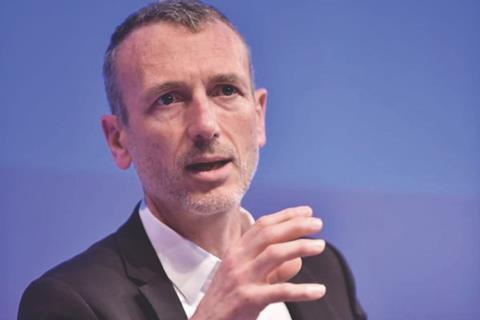The International Sustainability Standards Board (ISSB) agreed this week that it will add two new research projects on biodiversity and human capital disclosures to its workplan.
“Investors are increasingly demanding better information on biodiversity and human capital, both key drivers of company value,” ISSB chair Emmanuel Faber said.
“These projects will allow us to address gaps and establish more specific disclosures in these areas,” he added.
The ISSB said in a statement it will draw on existing initiatives, including the legacy Sustainability Accounting Standards Board (SASB) standards, Climate Disclosure Standards Board (CDSB) guidance, and the Task Force on Nature-related Financial Disclosures (TNFD) to inform its work.
The board also emphasised that while International Financial Reporting Standard (IFRS) S-1 already mandates disclosures about material sustainability risks, these new projects will provide greater clarity for companies.
Meanwhile, ISSB chair Faber was clear that the board’s focus remains on the informational needs of investors and the allocation of capital.
He said: “It’s not about how our climate standards are going to help [save] the world, it’s how they are going to help competitive advantages to be moved in the right direction for companies because they highlight risks and opportunities in their value chains in the short, mid, long term.”

- biodiversity, ecosystems, and ecosystem services;
- human capital;
- human rights; and
- integration of sustainability-related financial information with other financial information.
G7 interest
In May last year, the Group of 7 Nations said they “look forward to the ISSB’s future work on disclosure on biodiversity and human capital, in line with its work plan consultation”.
Last month, the ISSB agreed it would focus heavily on supporting companies to implement its recently launched sustainability disclosure standards.
ISSB vice chair Sue Lloyd also noted during a meeting this week that the board faces a tension between leveraging existing materials in its future standard-setting activities and maintaining a focus on the needs of investors.
Lloyd explained that these materials were not always designed to meet investors’ decision-making needs, so the board had to make sure it used those materials in a way that is useful for investors and aligned with its understanding of materiality.
Challenges, risks to delivery
Lloyd also said the board will encounter further tension points between efficiency and thoroughness, on the one hand, while remaining focused on a clear remit.
During its March meeting, the board committed to an outline set of priorities that will see it prioritise the effective implementation of IFRS S-1 and S-2.
Much of the board’s approach to its work so far has focused on working with and adapting existing resources such as the SASB reporting framework where possible.
Its thinking has also been informed by concepts developed within the IFRS financial reporting framework – so-called connectivity.
It has also committed to working with complementary sustainability reporting frameworks such as the Global Reporting Initiative as part of its commitment to interoperability.
The ISSB plans to publish its full work plan and feedback from market consultations in June.
Read the digital edition of IPE’s latest magazine



















